Many characters in fiction betray flawed thinking: in fact, cognitive distortions are often a key source of conflict throughout a story. This creates inner strife, and may be core to the obstacles standing between your characters and their goals.
In this article, you’ll learn what cognitive distortions are, how they relate to character development, and how you can use the Cognitive Distortions Character Template in Plottr to pack your protagonists and villains with insecurities and assumptions that heighten narrative tension.
Cognitive distortions are false or extreme thought patterns that can lead to distorted thinking, such as thinking in black-and-white, all-or-nothing terms. In turn, destructive emotions or unhealthy behaviors (including avoidance, procrastination, and aggression) may result.
In fiction (as in real life) characters’ irrational fears or biases may lead them to jump to the wrong conclusions and ignore their own better qualities.
For example, in the movie Bridesmaids, the character Annie is full of cognitive distortions. She believes everything she touches turns to muck, creating a self-fulfilling prophecy. She also blames herself for her failed business, even though it was her partner who messed up.
3 Ways Cognitive Distortions Help Character Development
Both plotters and pantsers, across genres, can work cognitive distortion into characters’ habits. This is a useful way to define your characters’ central flaws — the false beliefs and personal biases that affect how your characters respond to (and even fuel) conflict or obstacles.
Here are ways outlining your characters’ cognitive distortions helps you develop more compelling stories:
- Build tension and emotional intensity. Often with cognitive distortion, a person cannot see what may be painfully obvious to an outside observer. Showing this limited awareness, and the consequences that result, will keep readers engaged as they wonder when your characters will realize their flawed thinking (if ever).
- Create titillating unreliable narrators. Many first-person narrators engross readers with their abnormal psychology or distorted thinking. Distortions will help you dive deeper into the psyche of a self-deceiving or otherwise misguided narrator.
- Create allegorical ties to the real world. If your story holds a mirror up to a flaw in human nature society, a character’s cognitive distortions can make an excellent allegory for human fallibility.
Stories that are very relationship-based — for example, romance books and young adult novels — can especially benefit from this model of character building, because these flaws will inevitably cause strain in your characters’ relationships.
Fantasy or dystopian stories, which build unfamiliar worlds and cultures, can also come to life through characters’ cognitive distortions.
Introducing the Cognitive Distortions Character Template in Plottr
This template in Plottr gives you an open-ended space to document your characters’ cognitive distortions and describe how these affect their feelings and behaviors.
The info icon on your blank template will point you to an article from psychcentral.com, which outlines common cognitive distortions you could use.
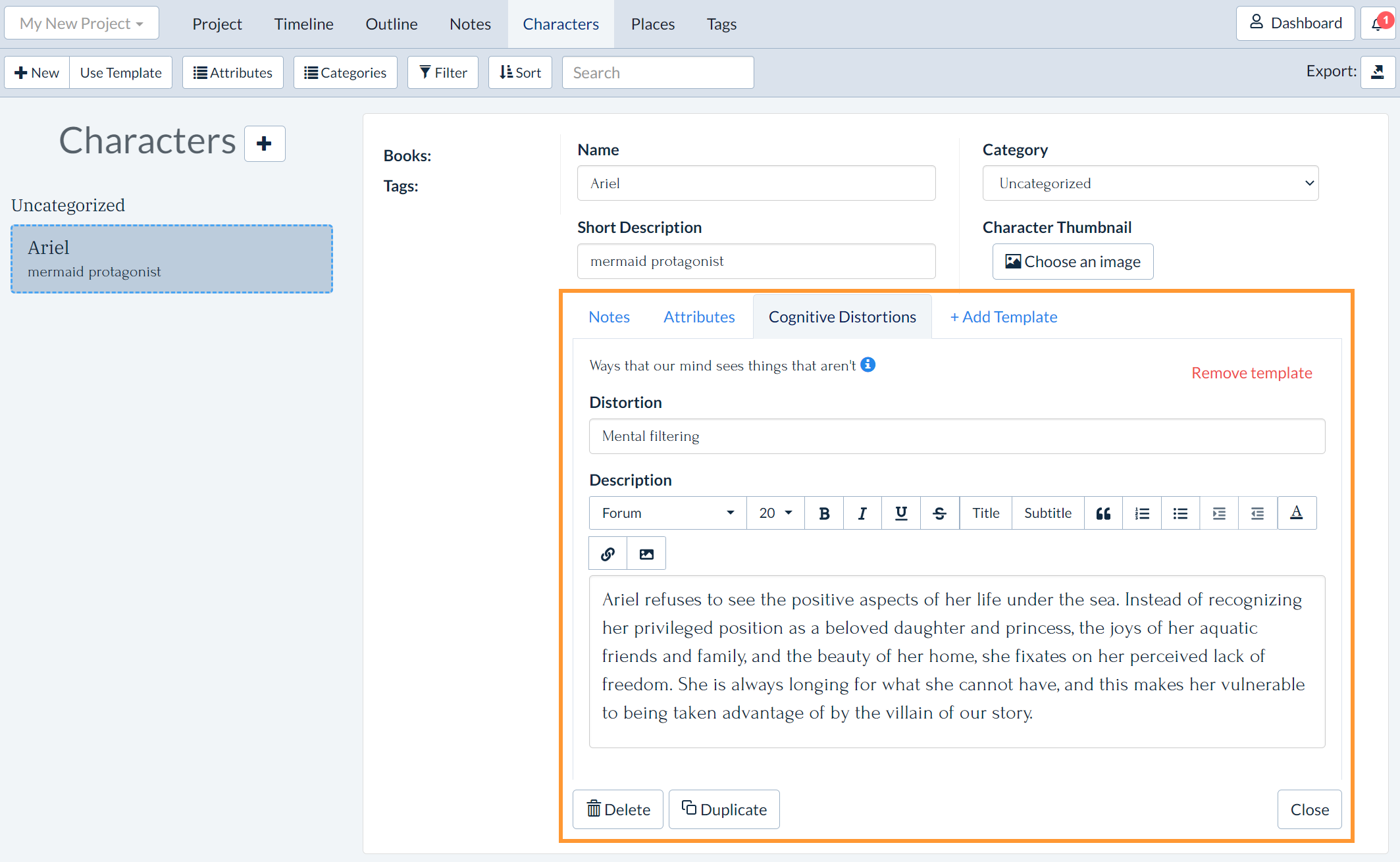
Examples of Cognitive Distortions in Fiction
When you use cognitive distortions in characters, think about how they might give your story an unexpected twist.
An “all-or-nothing” protagonist, for example, might believe that something is either perfect or terrible, with no room for shades of grey. Faced with making a difficult decision, they may be unable to weigh the pros and cons objectively.
You could use a cognitive distortion called “catastrophizing”. This is where a character tends to expect the worst or exaggerate the likelihood of negative outcomes. A catastrophizing teen, for example, may fear failing a test, so much that they end up failing by default (through truancy, or their mind going blank at crunch time).
Here are a few examples of cognitive distortions (and fictional characters who sometimes think this way):
All-or-nothing thinking
Seeing things in extremes, such as insisting that if something is not perfect, it is a total failure (Holden Caulfield in The Catcher in the Rye).
Overgeneralization
Making broad assumptions based on one person’s actions (Lizzie Bennet regarding George Wickham in Jane Austen’s Pride and Prejudice).
Mental filtering
Focusing only on the negative facets of a situation, while ignoring the other aspects (Ariel in The Little Mermaid; Dorothy in The Wizard of Oz).
Disqualifying the positive
Discounting any promising elements of an environment or experience (Alfred Borden in The Prestige).
Jumping to conclusions
Making judgments without supporting evidence or information (Bob Ewell in To Kill a Mockingbird).
Magnification or minimization
Exaggerating the importance of something, or underestimating it (the Dursley family in the Harry Potter series).
Emotional reasoning
Choosing to focus on irrational emotions over factual reality (the stranded kids in Lord of the Flies).
Should statements
Holding on to unyielding expectations or standards (Tris Prior in the Divergent series).
Labeling and mislabeling
Forming opinions of others based on one mistake or lapse in judgment (Eleven in Stranger Things).
Personalization
Taking personal responsibility for out-of-control events (Jack Torrance in The Shining)
You can illustrate your characters’ cognitive distortions in inner monologue, dream sequences, fantasy elements, or in other ways.
Distortions — especially if your story is written in first-person voice, or features a lot of inner monologue — shape the nature of truth in your story, color individual perception, and create a sense of psychological depth.
Cognitive distortions may help you explore issues such as identity and mental health, or simply evoke the strength of imagination, the narratives we create for ourselves, about ourselves. They may also help to create mystery and intrigue about characters’ actions and about-turns.
How to Use the Cognitive Distortions Character Template in Plottr
If you’re ready to bring cognitive distortions into your characterization, let’s go ahead and get started! To begin, make sure you purchase Plottr or sign up for a free trial.
Once you have Plottr set up on your computer, follow these simple steps to start weaving fascinating cognitive distortions into your fiction:
- Step 1: Open Plottr and start a new project, or open an existing one

- Step 2: Navigate to the Characters tab and create a new one, or open an existing character profile for editing
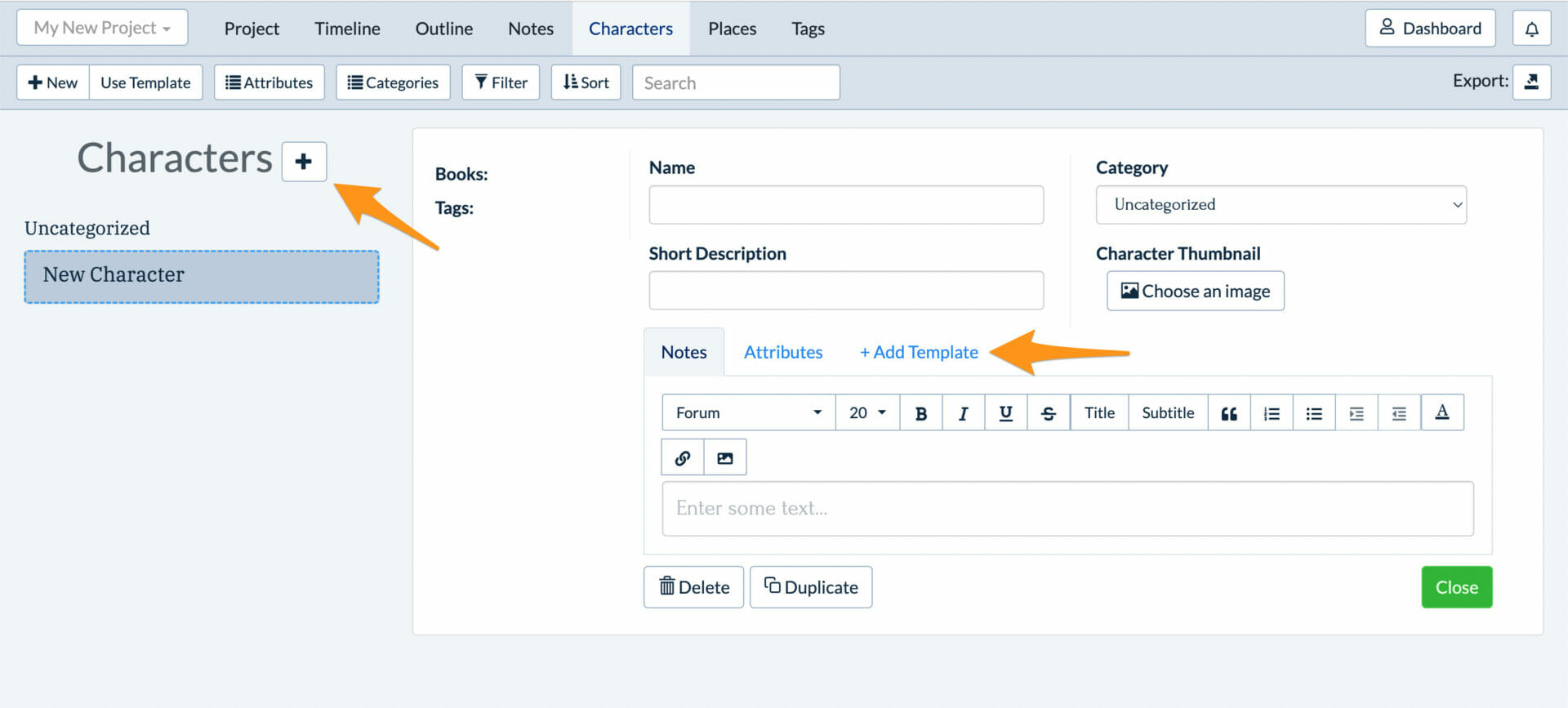
- Step 3: Click +Add Template and select Cognitive Distortions from the list of options. Click the green Choose button to confirm your selection

- Step 4: Start adding your details to the template. You have one field available per character to help you focus on something truly impactful throughout your story
You can use other templates, too, to round out the rest of your character’s personality. The following templates go well with this one:
Create Warped Perceptions and Riveting Reads
The Cognitive Distortion Character Template is a simple yet powerful tool you can use to produce characters who are unique and interesting. Why not see for yourself?
Start now with a free trial and explore character sheets, scene templates and more to help you plan better stories.


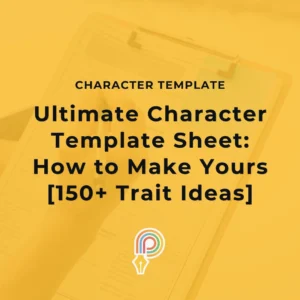
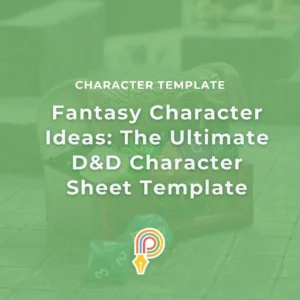

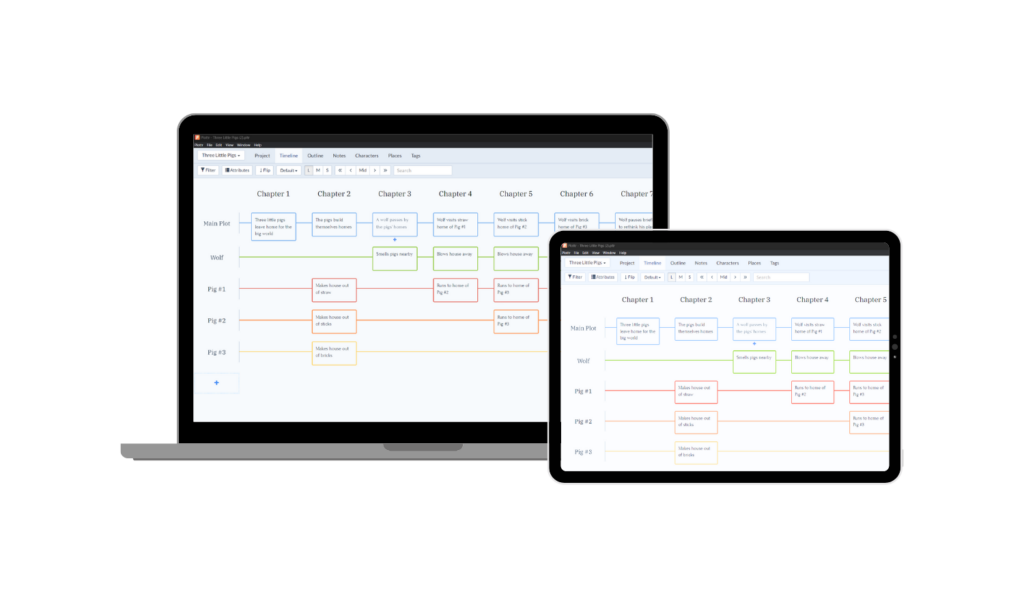
Comments